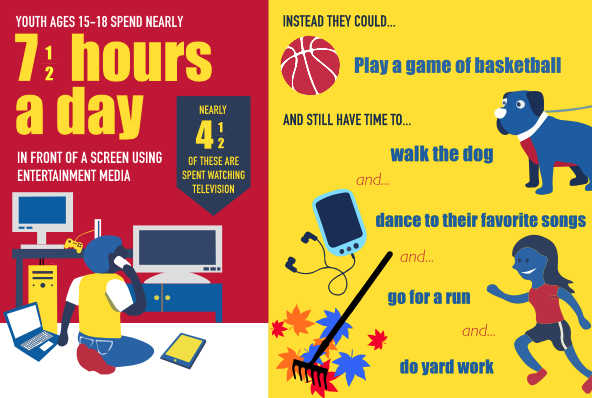In today’s fast-paced digital age, it’s no secret that children are diving headfirst into a world dominated by electronics. From the ubiquitous smartphones and tablets to the ever-engaging social media platforms, the allure of screens and shallow content has become a real challenge for parents and educators alike. The consequences of this pervasive digital deluge are significant, leaving a profound impact on children’s cognitive, social, and emotional development. As a parent in this day and age, you may find yourself wrestling with the rising tide of electronics, wondering how to steer your kids away from the addictive grasp of screens and into the realm of meaningful experiences.
 Let’s be honest, as adults, we aren’t immune to the addictiveness of social media either. If you are anything like us, sometimes, you find yourself entangled in the virtual world, aware of the wastefulness of time spent scrolling, yet struggling to put your device aside. Now, imagine projecting this struggle onto a kid, who lack the internal balance and understanding of what’s good and bad in the world around them and especially in the digital realm.
Let’s be honest, as adults, we aren’t immune to the addictiveness of social media either. If you are anything like us, sometimes, you find yourself entangled in the virtual world, aware of the wastefulness of time spent scrolling, yet struggling to put your device aside. Now, imagine projecting this struggle onto a kid, who lack the internal balance and understanding of what’s good and bad in the world around them and especially in the digital realm.
The truth remains that figuring out a structure where the usage of digital devices with our kids is a challenging endeavor. There are some tools that can help, like Collaborative Reading Strategies, Creating a Reading Routine with Your Child, Reading Logs, setting up a Home Literacy Environment (HLE), etc. The ever-expanding array of digital distractions can make it challenging to instill a sense of balance in our children’s lives. However, recognizing that even we, as adults, grapple with the addictive allure of social media can serve as a powerful reminder of the odds stacked against our young ones.
The Kaiser Family Foundation’s research reveals a staggering reality: children between the ages of 8 and 18 spend an average of 7.5 hours daily engaged in screen-based entertainment, with 4.5 hours devoted to TV viewing alone. Over the course of a year, this translates to a mind-boggling 114 full days dedicated solely to screen-based fun. However, this astounding figure doesn’t even account for the additional time they spend in front of a screen at school or completing homework at home.
As parents, we must be conscious of the digital deluge our kids are facing and its potential repercussions on their well-being. Excessive screen time has been linked to sleep disturbances, decreased attention spans, and hindered emotional growth. Additionally, the constant flood of shallow content on social media may hinder our children’s ability to form meaningful relationships and think critically.
So, how do we ride this digital wave responsibly and guide our children towards a more balanced approach to technology?
- Setting clear boundaries on screen time and social media usage is a crucial first step.
- As challenging as it may be, leading by example is equally essential.
- Demonstrating healthy tech habits shows our kids that we can find joy and fulfillment in offline activities too.
- Encouraging them to explore hobbies, engage in outdoor play, and spend quality family time away from screens can help them discover the pleasure of a well-rounded life.
In our experience the only tool that can balance the digital frenzy is fostering a love for reading. Reading, a timeless treasure, nurtures creativity, imagination, and intellectual growth. By encouraging our children to pick up a book as early as possible, instead of reaching for the tablet, we can ignite their passion for learning and expand their horizons beyond the confines of the virtual world.
This is not an easy process, and it requires consistent effort to achieve results. By teaching our kids to critically evaluate content, and guiding them towards building a habit of reading and an attitude toward quality content will create balance which will equip them with the necessary tools to navigate distractions in the future.
If you are worried about the content consumed by your child as a parent in the digital era, the first step is to understand and to acknowledge the challenges posed by the alluring world of electronics for both ourselves and our children. However, with the awareness, the understanding, and actionable strategies, we can help our kids find their way back to the joy of meaningful experiences (be it offline or online), steering them away from the drowning depths of shallow content and towards a future filled with growth, knowledge, and genuine connections!

